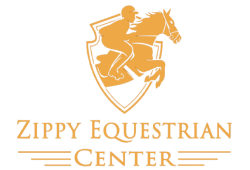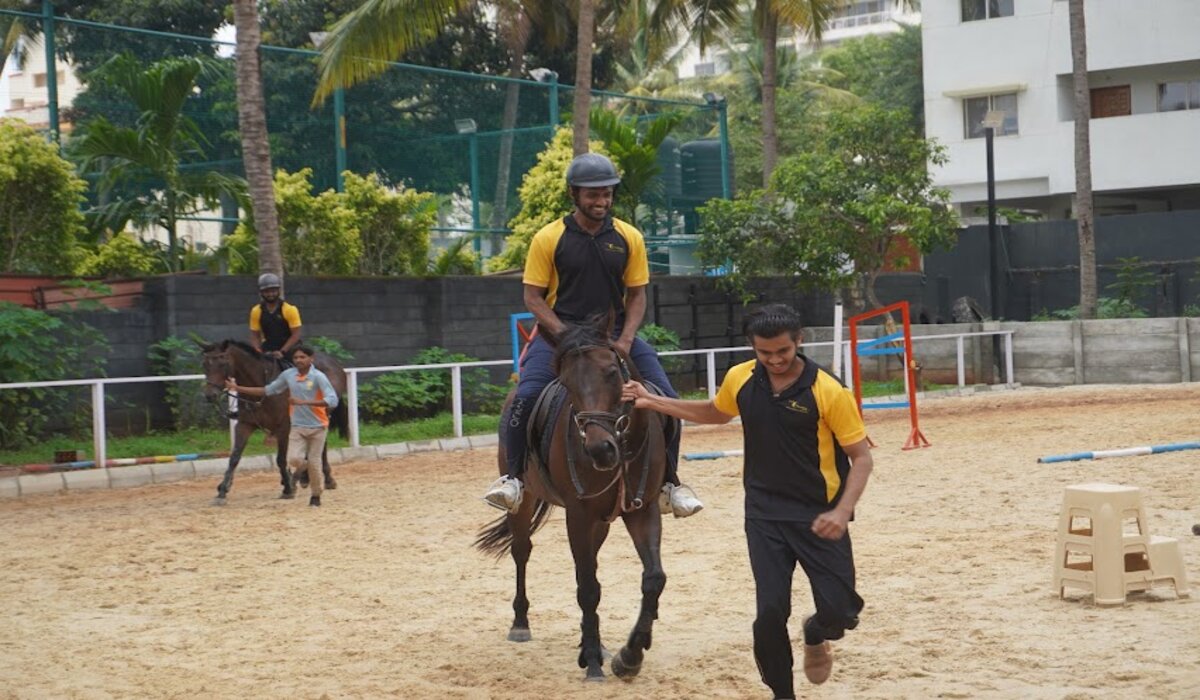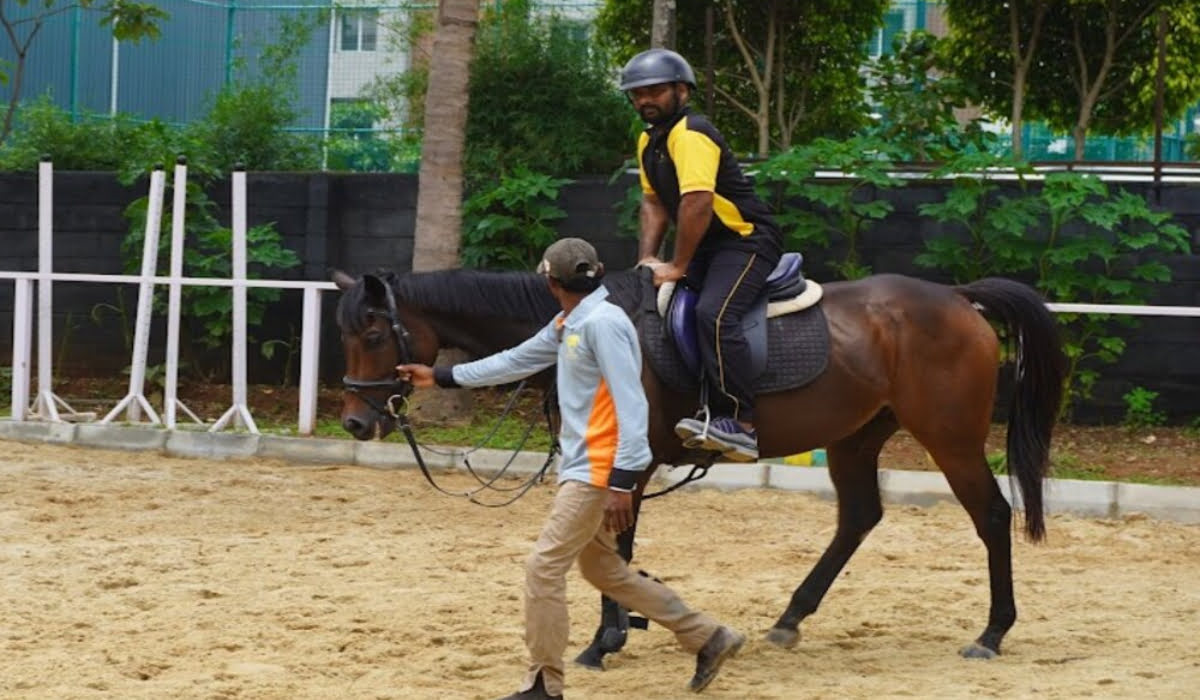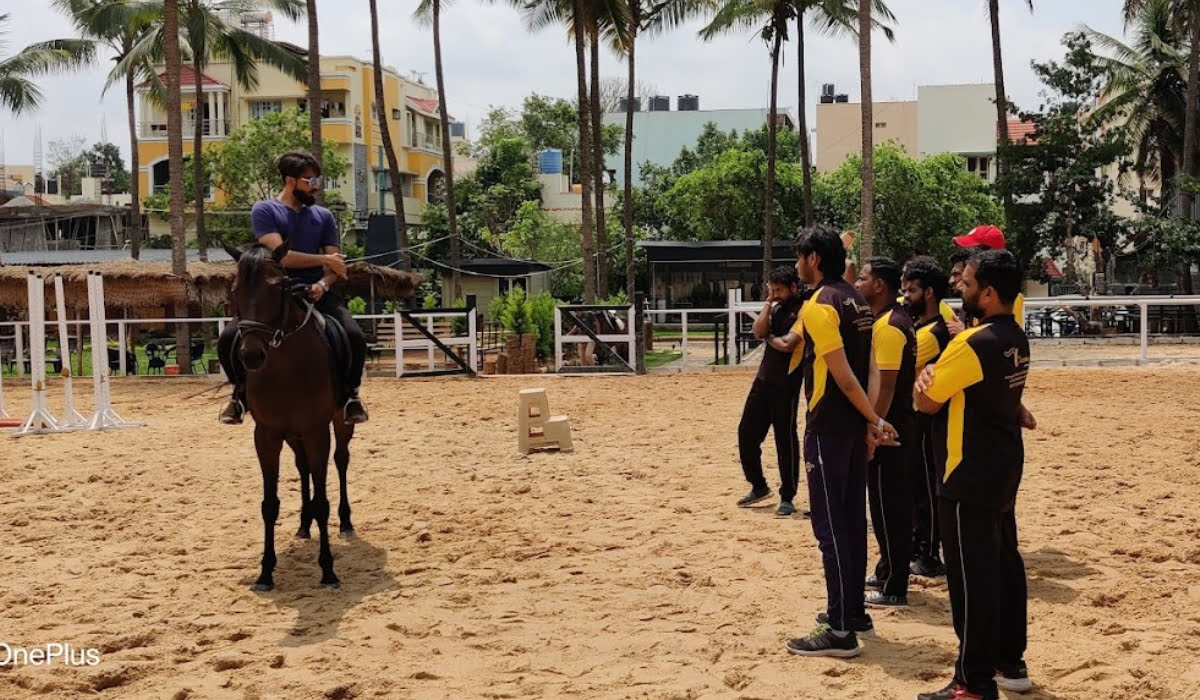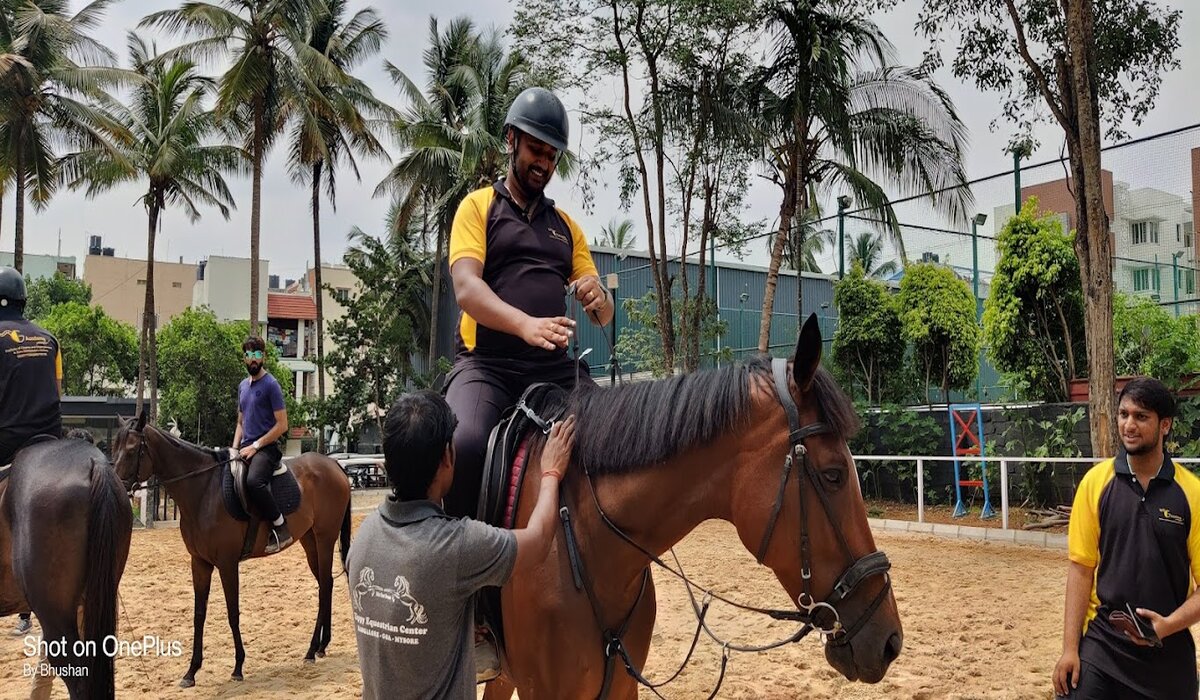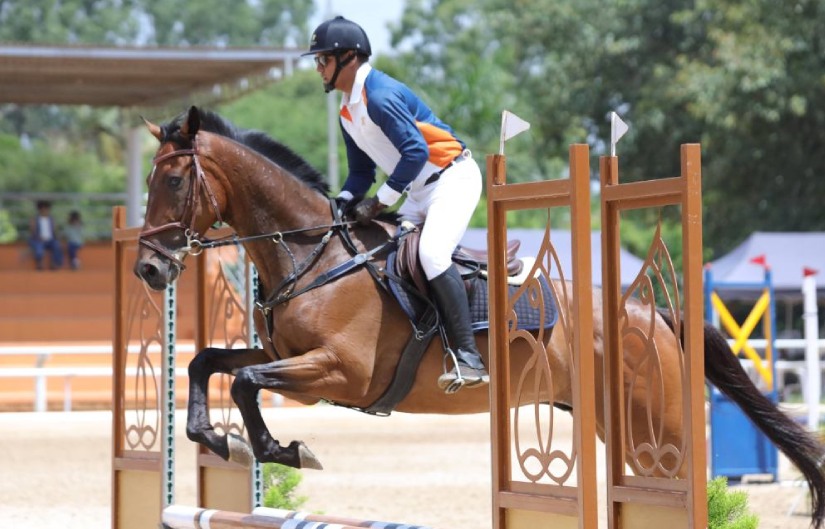Horse Training School is a place where aspiring equestrians can learn the art of horse training and riding.
At Horse Training School, students are provided with well-trained horses that are suitable for all skill levels. The experienced instructors guide them through various exercises and drills to improve their riding skills and develop a strong bond with the horses.
Key components of a horse training school may include:
- 1. Riding Instruction: Teaching students how to ride horses, which involves developing proper riding posture, balance, and effective communication with the horse through cues and aids.
- 2. Horsemanship: Providing knowledge and skills related to the care, handling, and grooming of horses. This includes understanding horse behavior, nutrition, health care, and stable management.
- 3. Training Techniques: In-depth instruction on various training methods for horses, which may include groundwork, lunging, and under-saddle training. This aspect focuses on developing a partnership between the rider and the horse.
- 4. Disciplinary Training: Specialized training in specific equestrian disciplines such as dressage, show jumping, eventing, Western riding, and more, depending on the school's focus.
- 5. Facilities: Access to well-maintained stables, riding arenas, and training equipment to facilitate practical learning experiences for students.
- 6. Experienced Instructors: Knowledgeable and experienced instructors or trainers who guide students through their learning journey, providing valuable insights and feedback.

